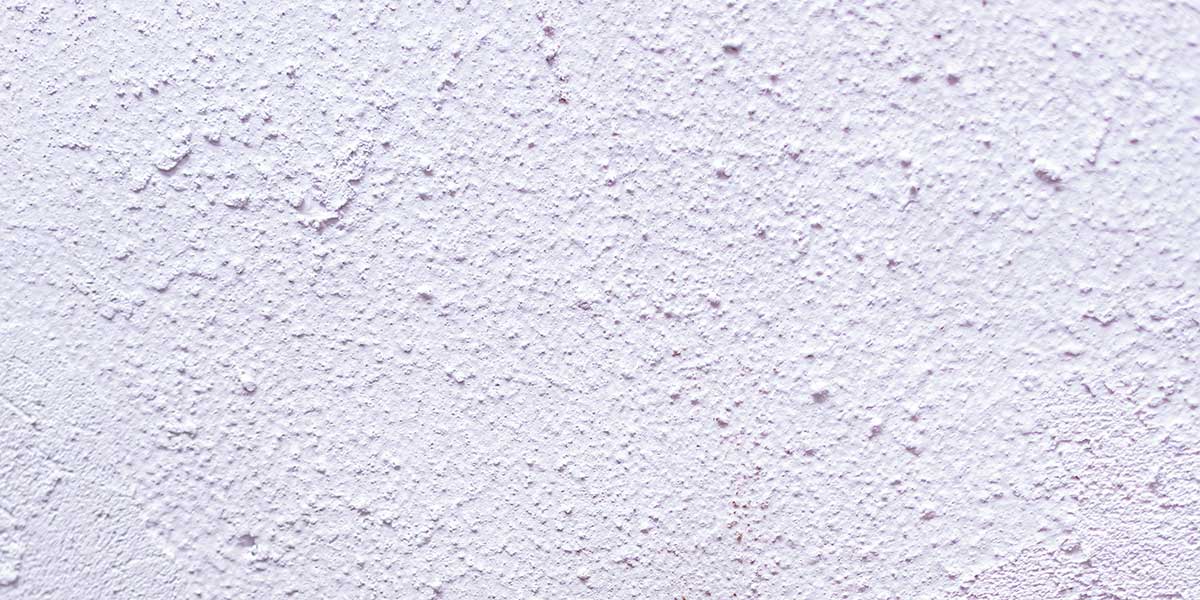
If you want to update your living spaces, a fresh coat of paint may be the transformation you seek. Although interior painting seems relatively simple, it’s a process that requires a certain level of experience and expertise to complete successfully. When inexperienced homeowners paint their walls and ceilings, the surfaces sometimes develop bubbles as the paint dries.
As skilled painters in Las Cruces, NM, our team at Engel Coatings Inc. knows what causes paint to bubble. Consult our post below to learn about the most common culprits behind this issue and what you can do to prevent it.
Bubbling or blistering is a common paint-related blemish. The problem occurs due to something under the painted surface that is causing the paint to lift and distort.
The blistering will look like bumps or bubbles of various sizes and may affect the entire area or a small patch. In either case, the blemish will detract from the wall’s appearance.
Realizing that bubbles are forming under paint is frustrating. It has a significant impact on the overall quality of the paint job. Leaving the blemishes alone can worsen their appearance and cause the paint to peel or crack over time.
What causes paint to bubble? The most common reasons include the following:
Poor surface preparation can leave dirt, oils, and grime on walls. Painting over contaminated surfaces contributes to adhesion failure. In other words, dust and other substances can affect the paint’s ability to stick to the wall completely; affected areas will form blisters as the paint dries.
A quality paint job includes primer, which is a bonding agent that helps paint stick to surfaces. Painted walls are less likely to bubble or peel on properly primed walls. Not using primer on porous surfaces creates subpar adhesion, especially on unpainted porous surfaces.
Water is one of the primary reasons paint sometimes forms bubbles. As moisture penetrates the layers of paint, each one will detach from the surface, leading to bubbling.
If moisture intrusion is a problem when painting interior and exterior surfaces, so is high humidity. When painting indoors, ensure your rooms have sufficient ventilation. Stuffy interiors can allow humidity levels to increase, which raises the chances of water intrusion and bubbling in the drying paint.
Temperature fluctuations can affect the drying time for paint. Yet, if the space gets too hot, it could accelerate the drying process, causing bubbles to form. The solvents and water inside the paint need enough time to evaporate so that the paint dries smoothly and sticks to the surface.
Sometimes, the proper primer application, surface preparation, and paint application aren’t enough to prevent bubbling. Some materials react poorly to certain paints.
For instance, new wood may have natural oils that prevent proper paint adhesion. Adhesion is also a problem for glossy surfaces.
Now that you know what causes paint to bubble, you may wonder whether hiring a professional is necessary. Hiring expert painters can prevent the frustration of a low-quality paint job. However, if you want to handle the task yourself while avoiding blistering paint, follow these tips:
Even the most prepared painters sometimes get bubbles and blisters in their work. If this happens to you, stay calm. It may be possible to fix the problem without starting over entirely.
Start the restoration process by examining the blemishes. If the bubbling doesn’t appear to go all the way down to the substrate, wait until the paint dries. Then, scrape and sand down the affected area to remove the bubbles.
After sanding the area, ensure that it has a smooth finish. Next, apply a coat of primer, followed by a high-quality paint.
Let’s say the blisters reach the substrate. In that case, you would have to eliminate the source of the moisture that’s affecting the paint job. Depending on the source of the water, you may address it by increasing ventilation in the room or repairing loose caulking that may contribute to water intrusion.
Try to repair the bubbled wall only after removing the source of the moisture. Otherwise, the problem may occur again. Follow the previous sanding, priming, and painting steps to restore your wall’s appearance. Applying several layers of paint may be necessary to achieve your desired effect.
Knowing what causes paint to bubble is a great way to minimize complications with a do-it-yourself home painting project. However, professional interior and exterior painting solutions are ideal if you want to avoid problems like blistering or peeling paint.
Engel Coatings Inc. is one of the leading painting contractors serving Las Cruces, New Mexico. Contact our professionals at (575) 642-5481 to request a free estimate and start your painting project today.
